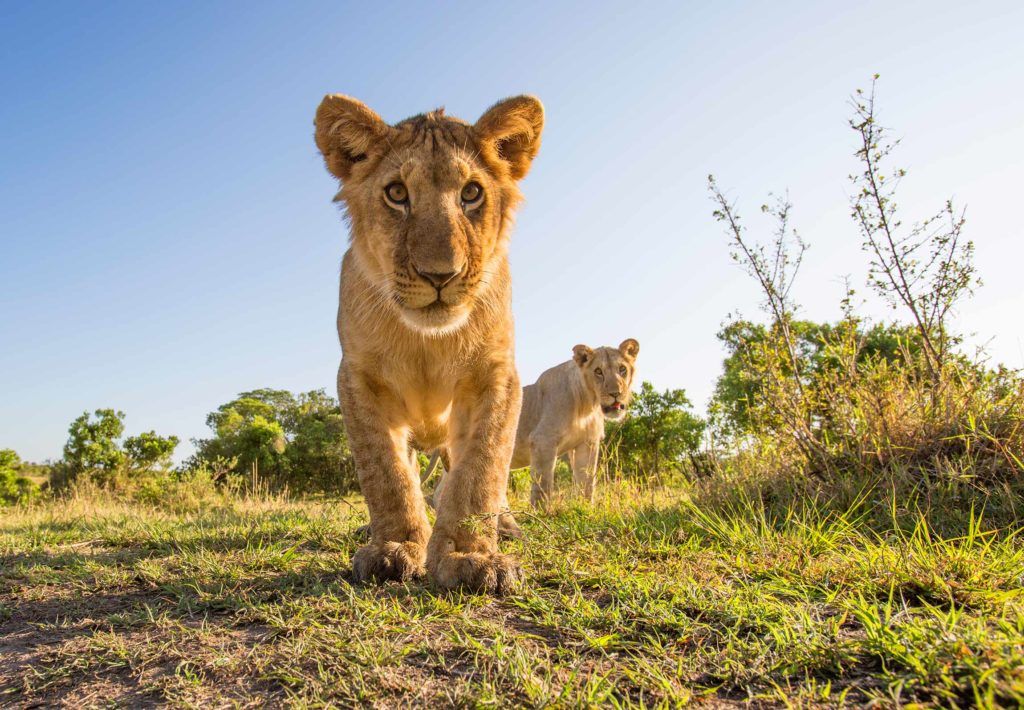
Last week, the Lion Recovery Fund (LRF) reached a new milestone; since its inception in 2017, the Fund has invested over $5 million as grants to projects on the ground in Africa, with the goal of doubling the number of African lions. While the situation varies from country to country, in a number of regions we are starting to see signs of hope, thanks to the impressive conservation work of LRF partners in the field. To date, the LRF has supported 33 partners, funding 52 projects in 17 countries.
Some recent successes include:
- Chad’s Zakouma National Park is becoming an incredible story of recovery, thanks to the collaboration between the conservation organization African Parks and the Chadian government. The LRF is enabling an important survey of lions and prey species to help plan a major geographic expansion of 16,778 square miles to guide increased support for wildlife protection and management. The proposed expansion around the park includes vast swathes of land where lions are considered ‘possibly extinct’—and provides hope for creating a major stronghold for lions in Central Africa.
- LRF is funding Kenya Wildlife Trust to implement a highly collaborative and ambitious national survey of northern Kenya, where the least is known about the status and distribution of lions. This survey will feed directly into conservation planning and has the potential to kick-start conservation action to protect key populations of lions.
- Near the Okavango Delta in Botswana, CLAWS is working with communities to tackle human-lion conflict and improve management of livestock, to ensure habitat does not become degraded. With LRF support, CLAWS will set up a ‘virtual fence’ of sensors that will warn communities when GPS-collared lions approach their livestock. CLAWS also aims to train herders to improve the protection of their livestock.
- In recent years, there has been a marked spike in the poaching of lions for their body parts. However, little is currently known about this illegal trade—the source of the demand, the trade routes, the types of body parts most in demand, or the nature of the players involved. The LRF funded TRAFFIC to conduct an in-depth investigation into the lion body parts trade in Tanzania and Mozambique. These countries are key sites because of their large lion populations and because they are places where targeted lion poaching is known to be severe. The project is a precursor to more effective law enforcement; it will help conservationists understand this issue and devise strategies to address it.
- Lions were considered to be locally extinct in Gabon—that is, until 2014 when a lone male lion was sighted in Batéké National Park. Since his arrival, the lion has acted as an ambassador and catalyst for increased conservation action in the region. The LRF is helping Panthera start a recovery of Gabon’s lion population by translocating two female lions from Botswana to Gabon in the hopes of successful breeding with the existing male (genetic testing showed these to be most closely related to Batéké lions). The reintroduction of lions will involve local communities to make sure that they are aware of, and benefit from, lions coming back to the region.
Read the 2019 LRF Progress Report for an in-depth look at the different projects and partners supported by the Fund.

